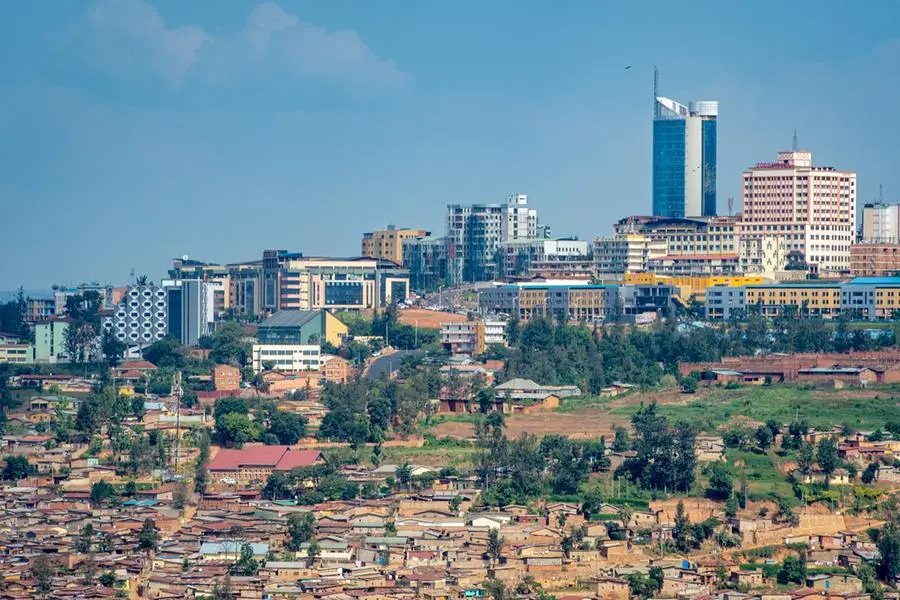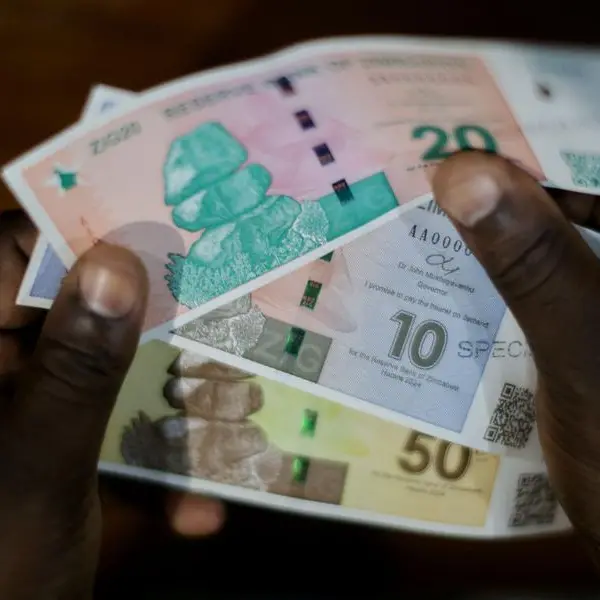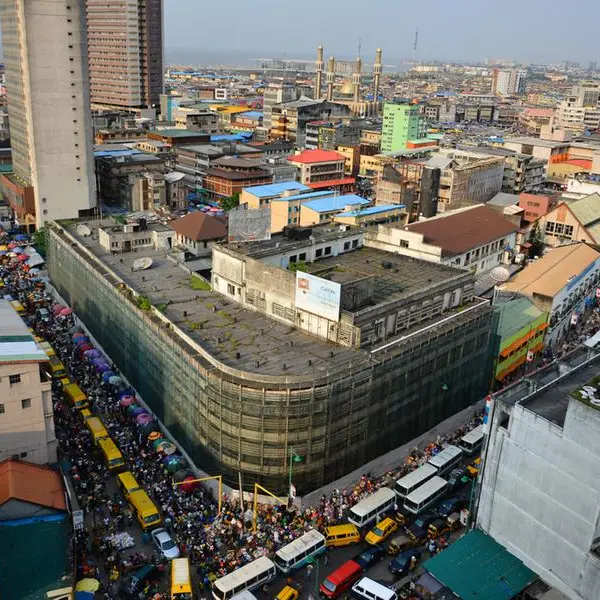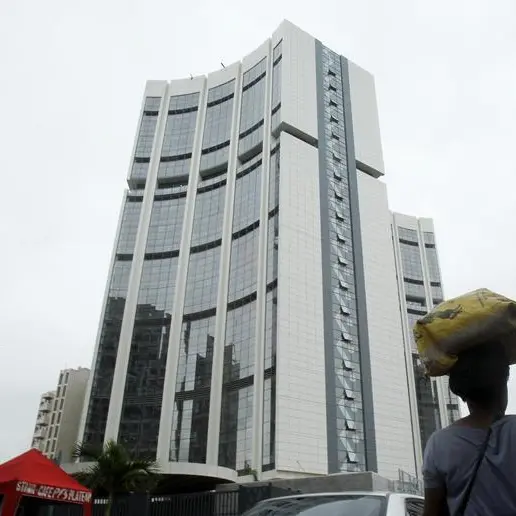PHOTO
East Africa’s economic managers face the daunting task of crafting new policies to tackle the recent inflationary spiral across the region, fuelled by rising food and energy prices, which are eroding incomes and reversing gains in food security.
The cost of living across the region has drastically increased in recent months with the median inflation rate in the region now estimated at almost nine percent with some regional economies now suffering double-digit inflation.
Data released by Uneca this week shows between September last year and this year, inflation is nearly double pre-pandemic levels with Rwanda recording the highest jump with an annual headline inflation rate of 23.9 percent up from -3.2 percent largely driven by food which constitutes 48 and 27 percent of weighting in rural and urban Consumer Price Index, respectively.
InterventionsKenya’s National Treasury Cabinet Secretary Prof Njuguna Ndung’u said the government is concerned about the high cost of living in the country but remained non-committal on the short-term interventions the government to stem the skyrocketing inflation figures that reached 9.6 percent in November.
Kenya’s situation, like the region, is compounded by the removal of food and fuel subsidies, which the government termed as ‘unsustainable.’“[The] High cost of living is a concern for many governments in the world. Question is, what is driving this cost?” Prof Ndung’u told The EastAfrican.
On Tuesday, the National Bank of Rwanda decided to increase its lending rate by 50 basis points, from 6.0 percent to 6.5 percent to contain inflation.
It also re-instated the reserve requirement ratio to the pre-Covid level of 5 percent effective January 1st, 2023. “This is mainly aimed at limiting second-round effects from higher imported prices resulting from global shocks,” said John Rwangobwa, the Central Bank Governor.
Rwanda inflationHe said Rwanda’s annual inflation climbed to 31 percent in October from 23.9 percent in the previous month, the highest inflation rate over the last decade will remain high for the rest of the year and the first half of next year before easing in the second half of 2023.
In the region, there has been a steady rise in the cost of living in Uganda since the start of the year. For example, at the start of 2022, one would need about $5.3 (sh20,000) to buy food items for a meal at home such as a kilogram of maize flour, beans, cassava flour, sweet potatoes, rice, tomatoes, and sugar. In May 2022, one needed more than $6.6 (Ush25,000), while by the end of October 2022, one needed over $7.9 (Ush30,000) for the same items, with some rising in prices by over 50 percent.
Country by countryThe prices of essential goods such as food and energy rose sharply, with the Bank of Uganda putting inflation at 10.70 percent as of October from 7.9 percent at the start of the financial year in July. The latest prices on the market as captured by the Uganda National Bureau of Statistics indicate an increase in food prices by 3.3 percentage points, rising from 30.3 percent in September to 33.8 percent in October.
Uganda Finance Minister Matia Kasaija says Ugandans will not reach the level receiving stipends because of the increased rain in the past three weeks will boost the production of maize, beans, cassava, and many others.“Yes, the cost of living may still be very high. We may not grow as before, but the people will not starve,” he said.
The leadership worried when there was prolonged drought and food crop failure but were relieved by the rains.
Burundi comes second with higher price shocks at 20.9 percent up from 10.5 percent and Uganda at 10.0 percent up from 2.2 percent between September last year and this year.
A little betterThe Ethiopia and Kenya situation is a little better as the increase has not been as drastic though it remains high at 30.7 percent up from 34.7 percent and from 6.9 percent to 9.2 percent respectively.
The challenge facing central bankers across the region- whose main job is price stability is how to contain inflation without stifling the much-needed growth for countries to reduce poverty.
And despite the ongoing tightening of monetary policy, prices continue to climb further.
To contain inflation, on 29th September, Kenya’s central bank raised its lending rate from 7.50 percent to 8.25 percent, its second hike this year, saying it was “ready to take additional measures, as necessary”. It is expected to meet again this month.
On October 6, Bank of Uganda increased its lending rate by one percentage point to 10 percent after annual headline inflation rose to 10 percent in to try to tame soaring inflation and boost the shilling.
Experts say the high cost of living is largely due to the food insecurity mounting across the region. The IMF estimates that 12 percent of sub-Saharan Africa’s population will face acute food insecurity by the end of this year.
Mama Keita, the Director, of the Sub-Regional Office for Eastern Africa of UNECA told The EastAfrican that tightening monetary policy may not be the best way to curb inflation as it is not demand-driven not only across all Africa.“In the short term, there is little that can be done about weather-induced domestic inflation and the resulting low agricultural production. Maybe if things get worse, the government may have to control prices and subsidize some essential food items to maintain consumption at a certain level and avoid other social problems…,” Keita said.
Additional Reporting by Nelson Naturinda and James Anyanzwa © Copyright 2022 Nation Media Group. All Rights Reserved. Provided by SyndiGate Media Inc. (Syndigate.info).












